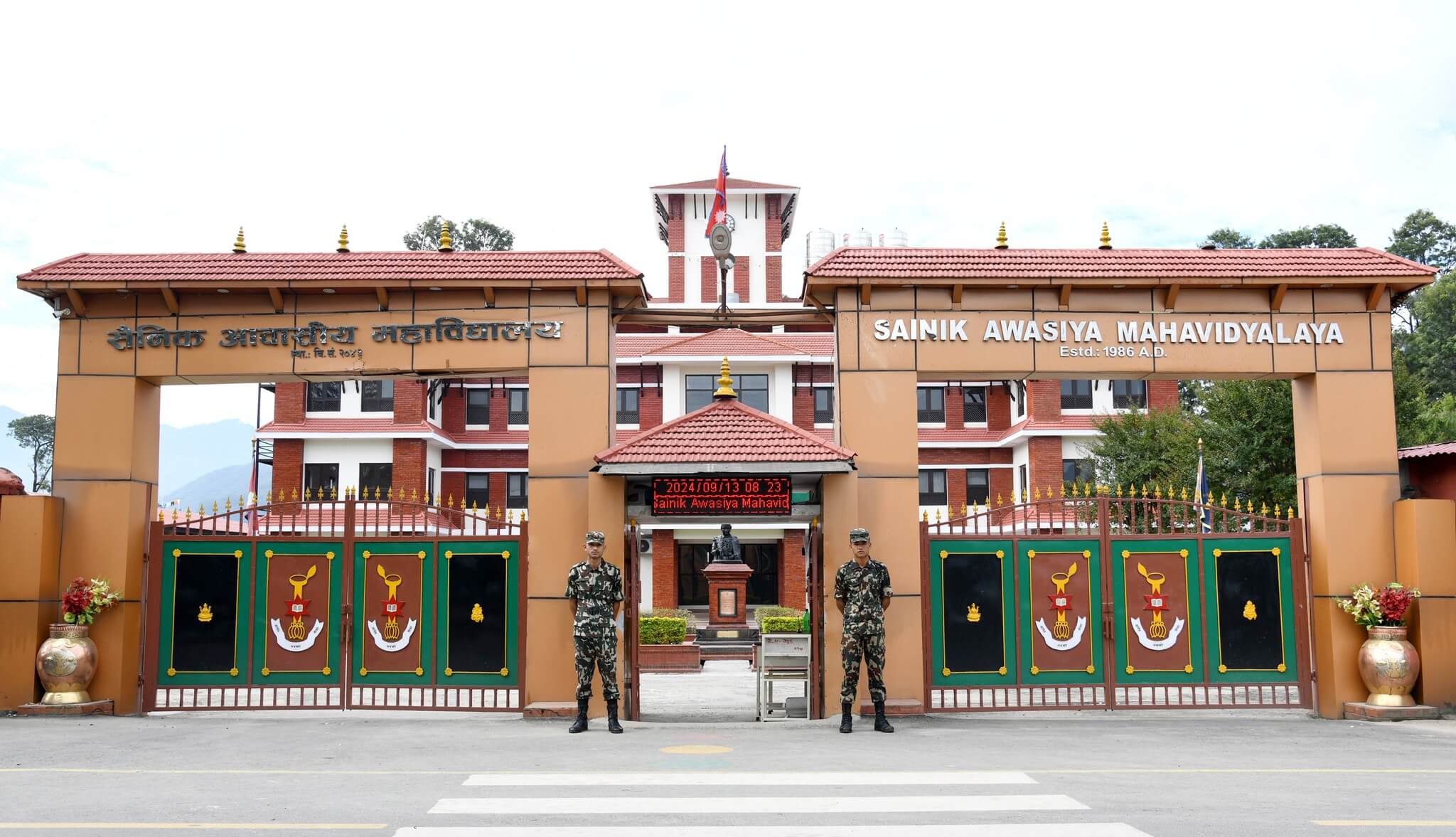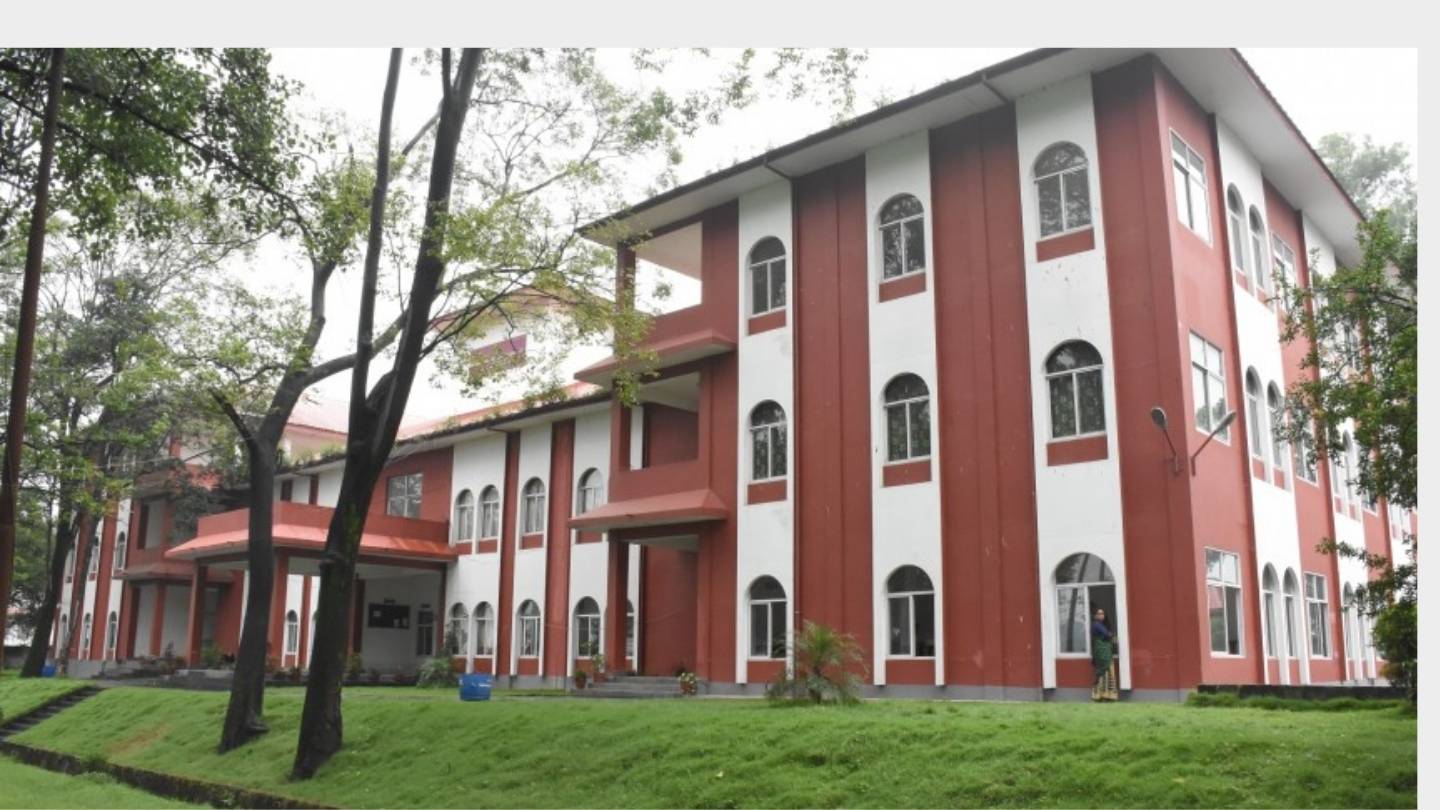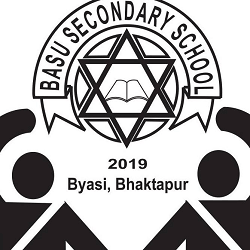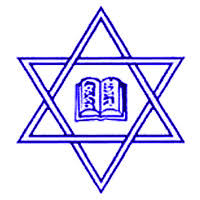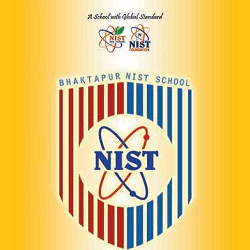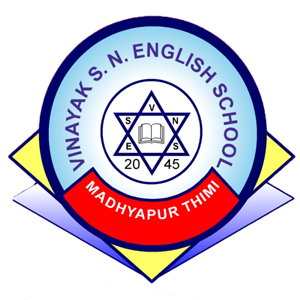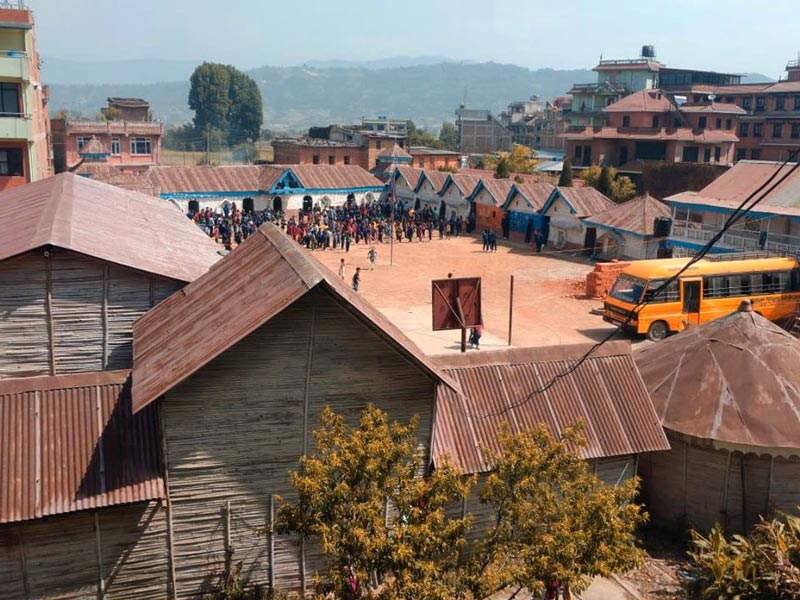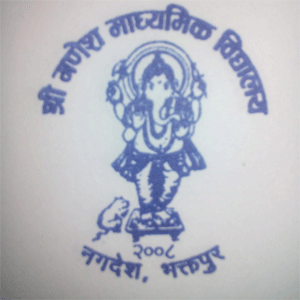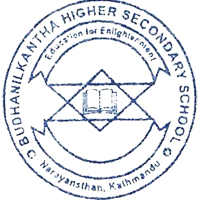Overview
Sainik Awasiya Mahavidyalaya, Bhaktapur (SAMB) is a Nepal Army Welfare Fund institution located in Sallaghari, Bhaktapur. It offers NEB +2 programs in Science, Management, and Humanities, and Tribhuvan University (TU) bachelor’s programs—BBA and B.Sc. (Microbiology).
Historically known as Suping Multiple Campus and later Birendra Sainik Residential Campus/Birendra Sainik Awasiya Mahavidyalaya, the school serves both army families and civilians under the motto “Gyanena Paramo Sewa” (imparting knowledge is the greatest service).
Established in 2035 BS (1978 AD) at Bhimphedi, Makawanpur with joint support from the Nepali Army and TU, the campus moved to Sallaghari in 2043 BS. NEB affiliation supports schooling from ECD to Grade 10 and the +2 level, while TU affiliation covers BBA (from 2070 BS) and B.Sc. (Microbiology) (from 2069 BS).
SAMB shifted to co-education in 2046/2047 BS, opened day and residential options, and added morning and day shifts at +2. The institution follows a clear intake policy: around 60% seats for categories of army personnel families and 40% for civilians, as stated in its academic notices.
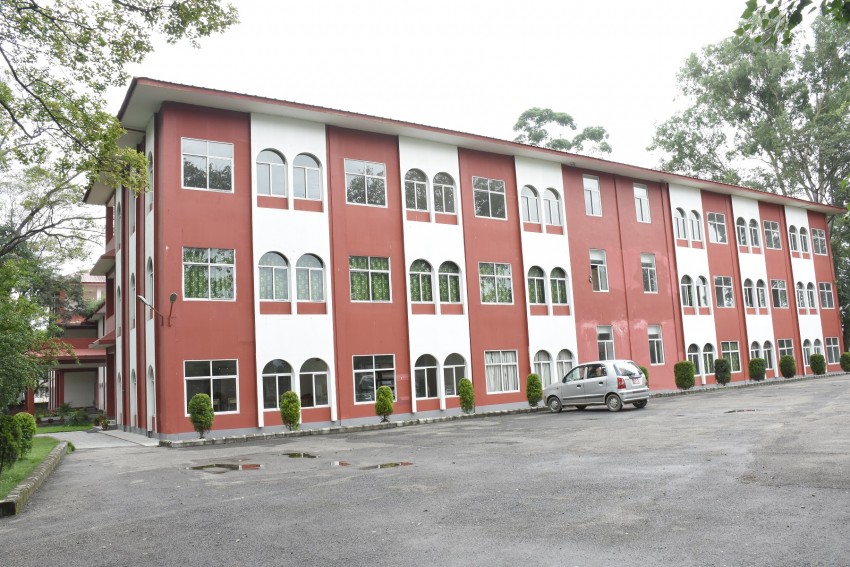
Quick Highlights
-
Location: Sallaghari, Bhaktapur, Nepal
-
Governing Body: Nepali Army Welfare Fund
-
Motto: Gyanena Paramo Sewa
-
First Establishment: 2035 BS (1978 AD), Bhimphedi, Makawanpur
-
Relocation to Bhaktapur: 2043 BS
-
Affiliations: NEB (school and +2); Tribhuvan University (BBA; B.Sc. Microbiology)
-
Schooling Range: ECD to Grade 10; +2 (Science, Management, Humanities)
-
Bachelor’s Programs: BBA (8 semesters, 120 credit hours); B.Sc. (Microbiology)
-
Admission Exams: CMAT (BBA); IOST Entrance (B.Sc. Microbiology); SAMB written test/interview/medical for +2
-
Intake Windows: +2 (around Asar); B.Sc. (around Mangsir); BBA (around Kartik)
-
Facilities: Library, science and computer labs, multimedia rooms, OHPs, sports complex, medical wing with resident MBBS doctor and ambulance, counseling, hostels, transportation, cafeterias (staff/Bachelor’s block), dry canteen
-
Student Support: Scholarships for deserving students; structured internal assessment and mentoring
-
Shifts and Sections (+2): Morning and Day shifts; around 18 sections with ~40 students per section (as per institutional briefings)
Academic Programs Offered
School Level (ECD to Grade 10)
The school wing follows national curricula with a structured progression from foundational literacy and numeracy to subject-focused learning. Classroom resources include OHPs and PCs in upper grades, regular unit tests, practical work, and counseling support. The approach is steady, with an emphasis on attendance, assignments, and periodic assessments to monitor progress.
NEB +2 (Grades XI–XII)
SAMB runs +2 in two shifts—Morning and Day—with Science, Management, and Humanities. Stream heads oversee academic delivery, classroom routines, and continuous assessment.
Science Stream (XI–XII)
-
Grade XI: Comp. English, Comp. Nepali, Physics, Chemistry, Mathematics, Biology/Computer Science
-
Grade XII: Comp. English, Comp. Nepali, Physics, Chemistry, Mathematics, Biology/Computer Science
This stream builds strong subject grounding through lab work in Physics, Chemistry, and Biology, supplemented by computer resources when chosen as an optional subject.
Management Stream (XI–XII)
-
Grade XI: Comp. English, Comp. Nepali, Comp. Social Studies & Life Skills, Accountancy, Economics, Business Studies/Business Mathematics
-
Grade XII: Comp. English, Comp. Nepali, Comp. Social Studies & Life Skills, Accountancy, Economics, Business Studies/Business Mathematics
The sequence focuses on accounting principles, economic reasoning, and business studies, supported by assignments, presentations, and group exercises.
Humanities Stream (XI–XII)
-
Grade XI: Comp. English, Comp. Nepali, Comp. Social Studies & Life Skills, Opt. English, Opt. Economics, Opt. Geography, Opt. Sociology, Opt. Rural Development, Opt. Mathematics
-
Grade XII: Comp. English, Comp. Nepali, Comp. Social Studies & Life Skills, Opt. English, Opt. Economics, Opt. Geography, Opt. Sociology, Opt. Rural Development, Opt. Mathematics
The stream covers social sciences and language studies aimed at careers in public service, teaching, research, and development.
Bachelor of Business Administration (BBA) — TU Affiliation
The BBA is an eight-semester program totaling 120 credit hours. The curriculum spans core management areas, quantitative methods, information systems, communication, and sector-focused electives. Internal assessment generally accounts for 40% through assignments, class participation, presentations, and periodic tests; the remaining 60% is evaluated through TU semester-end examinations.
Key academic features include:
-
CMAT Requirement: Applicants must sit for the TU Faculty of Management CMAT, covering Verbal Ability, Quantitative Ability, Logical Reasoning, and General Awareness. A minimum score threshold applies before interviews.
-
Summer Project Report (SPR): A supervised field-based study that consolidates four years of learning into a report submitted to the college research committee.
-
Internship (8 weeks): Conducted after specialization courses to connect classroom learning with real work settings.
-
Grading and Progression: Standard TU letter grades with minimum grade “C” or GPA 2.0 for internal and final progression. Make-up exams and re-registration policies follow TU norms.
-
Credit Transfer: Up to 30 credit hours may be transferable from equivalent programs recognized by TU, subject to approval.
Bachelor of Science (B.Sc.) — Microbiology (TU Affiliation)
SAMB runs B.Sc. (Microbiology) with first-year subject combinations in Microbiology, Chemistry, Zoology, and an interdisciplinary subject as per TU guidelines. Entry requires the IOST entrance test, followed by SAMB interview and medical screening. The program emphasizes laboratory competence, safe handling, and accurate reporting.
Facilities include a dedicated microbiology laboratory supervised by a lab assistant and faculty team. Students develop core skills in culture techniques, microscopy, biochemical testing, and data maintenance aligned with TU practical requirements.
Admission Process
+2 (NEB) Admission
-
Window: Generally opens around the second week of Asar.
-
Process: Written test, individual interview, and medical screening at SAMB.
-
Eligibility: SEE graduates meeting school cutoffs; merit-based listing.
-
Seat Distribution: Approximately 60% for army personnel families (serving and former) under defined categories; around 40% for civilians.
-
Documents (indicative): SEE mark sheet and certificate, character certificate, PP-size photos, migration (if applicable), copy of guardian’s ID, and any category documents where relevant.
BBA (TU) Admission
-
Window: Generally opens around the last week of Kartik for the first semester.
-
Eligibility: Completion of 10+2 or equivalent with at least second division (TU-recognized board).
-
Entrance: TU CMAT (100 MCQs across four sections). Minimum qualifying score required for interview shortlisting.
-
Selection: Interview after meeting the CMAT cutoff; category distribution similar to institutional policy for army families and civilians.
-
Enrollment: Compliance with form deadlines, verification of academic records, and completion of fee formalities per official notice.
B.Sc. (Microbiology) Admission
-
Window: Generally opens around the first week of Mangsir.
-
Eligibility: 10+2 Science or equivalent with Physics, Chemistry, and Biology; academic record aligned with IOST criteria.
-
Entrance: TU IOST entrance test, followed by SAMB interview and medical screening.
-
Selection: Merit-based listing in line with IOST results and institutional criteria.
Note: Specific cutoffs, category quotas, scholarship rules, and dates are published in official notices each year. Applicants should refer to the latest SAMB and affiliating bodies’ announcements.
Teaching Faculty and Learning Methodology
SAMB’s academic delivery rests on subject-qualified faculty and a structured learning cycle. The institution combines lectures, guided discussions, lab practicals, and project work, supported by periodic diagnostic tests and feedback.
-
Assessment Culture: Regular unit tests, home/class assignments, presentations, field or project tasks, and terminal examinations.
-
Class Size and Oversight: Around 40 students per section at +2, under stream heads who coordinate teaching plans, test schedules, and academic support.
-
Learning Resources: OHP-equipped classrooms from Grade VIII upward, multimedia rooms, computer labs with broadband, dedicated labs in Physics, Chemistry, Botany, Zoology, Microbiology, English, and Geography.
-
BBA-Specific Components: Internal evaluations (assignments, attendance, discipline, group work, presentations), pre-semester send-ups, summer project, internship, and TU semester examinations.
-
Student Support: Psychological counseling by trained counselors who are also teachers, with referral pathways where needed.
This steady cycle—teach, practice, check, and improve—helps learners build subject command over time.
Infrastructure and Learning Facilities
Libraries
Separate libraries serve junior, central, +2, and bachelor’s levels. Collections include textbooks, reference works, newspapers, journals, and digital media in English and Nepali. Reading rooms are available. Borrowing privileges are managed through library cards/IDs, with periodic additions to the catalog.
Laboratories
SAMB maintains well-resourced labs for core sciences and language/geo studies, including a dedicated microbiology lab in the bachelor’s block. Labs support practical work required by NEB and TU, from fundamental measurements to advanced microbiological techniques.
Computer and Internet Facilities
Computer labs accommodate full sections with supervised access. High-speed internet supports research, coursework, and presentations. Labs remain accessible during academic hours under lab assistant oversight and faculty guidance.
Classrooms and Multimedia
Grade VIII upward classrooms feature OHPs, PCs, and internet access. Multimedia rooms in different blocks host subject-specific sessions, allowing teachers to demonstrate concepts and students to present projects or reports.
Sports and Physical Education
Facilities cover swimming, football, basketball, volleyball, cricket, table tennis, chess, gymnastics, Taekwondo, lawn tennis, and a gym. Coaching is available, and playfields are maintained for scheduled practice and inter-house events.
Hostels and Residential Care
Boarding is available for boys in Grades 6–12 and a portion of girls based on capacity and policy. Accommodation ranges from dormitories to single rooms. Daily routines include scheduled meals, supervised study hours, and recreational time.
Regular residential activities include TV/film screenings, hikes, and excursions. On-site services—barber, tailor, cobbler, and laundry—support daily life.
Transportation
Shuttle buses operate on planned routes for day scholars. Routes and timing are set annually based on feasibility and student demand.
Medical and Well-Being
A dedicated medical wing with a separate building serves boarders and day scholars. A resident MBBS doctor is on duty, and an ambulance is available 24/7. Referral links exist with Bhaktapur District Hospital, Dr. Iwamura Hospital, and Chhauni Military Hospital when required.
Cafeterias and Canteen
Two cafeterias serve staff and bachelor’s students—one behind the Administrative Block and another in the Bachelor’s Block—along with a dry canteen for the wider campus during class and office hours.
Student Life and Campus Experience
Student life balances academics with activities and peer learning. Residential students follow a structured day that blends classes, study time, sports, and supervised recreation. Day scholars access clubs, labs, library services, and coaching after classes where timetables permit.
Counselors and class teachers monitor attendance and academic progress. Parents/guardians are engaged through scheduled meetings, helping students set targets and address challenges in time.
Extracurricular Activities (ECA)
SAMB encourages participation in:
-
Sports: Swimming, football, basketball, volleyball, cricket, table tennis, chess, Taekwondo, lawn tennis, gym workouts.
-
Arts and Culture: Dance, music, literary events, and commemorations.
-
Academic Enrichment: Tours, field visits, project showcases, and group presentations.
These activities help students build discipline, teamwork, communication, and time-management—skills that complement classroom learning.
Scholarships and Financial Support
SAMB follows a moderate fee structure relative to facilities and residential services. Scholarship schemes support deserving students under institutional rules approved by governing bodies.
Categories may include merit-based assistance, need-based assistance, and reserved categories aligned with the institution’s intake policy.
Applicants should review current notices for eligibility, required documents, selection steps, and deadlines.
Achievements and Institutional Milestones
-
2035 BS (1978 AD): Founding at Bhimphedi, Makawanpur with support from the Nepali Army and TU.
-
2038 BS: Intermediate-level Science launched at the then Suping Campus.
-
2043 BS: Relocation to Sallaghari, Bhaktapur; later stewardship under the Nepal Army Welfare Fund.
-
2046–2047 BS: Transition to co-education at campus and school levels.
-
2060 BS: Management stream introduced at +2.
-
2066 BS: +2 expands to Science, Management, and Humanities.
-
2069 BS: TU affiliation for B.Sc. (initially broader science groups; later focused on Microbiology).
-
2070 BS: TU affiliation for BBA.
-
2077 BS: Additional sections—two in Management and one in Science—for morning shift day scholars.
-
Examination Records: Institutional reports indicate consistent performance in SEE, NEB/HSEB, and TU exams over multiple cohorts, including 26 SEE batches to date.
These milestones outline a steady expansion from a residential science focus to a multi-stream +2 and bachelor’s provider under national frameworks.
Why Choose This Institution?
Structured Pathways: Students can begin at school level and progress through +2 to bachelor’s within a single ecosystem, simplifying transitions and records.
Clear Admissions and Assessments: Entrance processes (CMAT for BBA, IOST for B.Sc.), internal assessments, and TU/NEB examinations create transparent academic checkpoints.
Facilities That Support Learning: Science labs, a dedicated microbiology lab, computer labs with internet, libraries by level, and multimedia classrooms help students practice and present what they learn.
Residential and Day Options: Hostels with scheduled routines suit families seeking close supervision, while shuttle routes support day scholars from nearby communities.
Health and Safety Net: On-site medical wing with a resident doctor and ambulance, counseling services, and referral hospitals provide practical safeguards for students and families.
Balanced Development: A strong slate of sports and ECAs encourages healthy routines, teamwork, and leadership.
Governance and Continuity: Operation under the Nepal Army Welfare Fund provides administrative stability and long-running academic traditions anchored to national curricula and TU frameworks.
Conclusion
Sainik Awasiya Mahavidyalaya, Bhaktapur offers a clear academic route from school to bachelor’s level under NEB and TU. The campus combines steady classroom teaching with labs, libraries, and multimedia tools, while residential and day systems meet varied family needs.
Admissions are structured, assessment rules are well-published, and student support—from counseling to medical care—sits within a defined campus framework.
Prospective students and guardians can review the latest SAMB notices for current cutoffs, seat distributions, and scholarship details. For researchers and planners, the institutional timeline and program mix show a sustained commitment to nationally aligned education, with science and management pathways that continue to draw interest from both army families and civilians.
Contact Sainik Awasiya Mahavidyalaya Secondary School's administrative office for detailed information on the course, admissions, location, fees, scholarships, facilities, counseling, or eligibility.
Contact Address
Location: Sallaghari, Bhaktapur, Bagmati Province, Nepal
Phone: +977-1-6610051,+977-1-6618830
Email: info@bsamv.edu.np
Website: www.bsamv.edu.np


